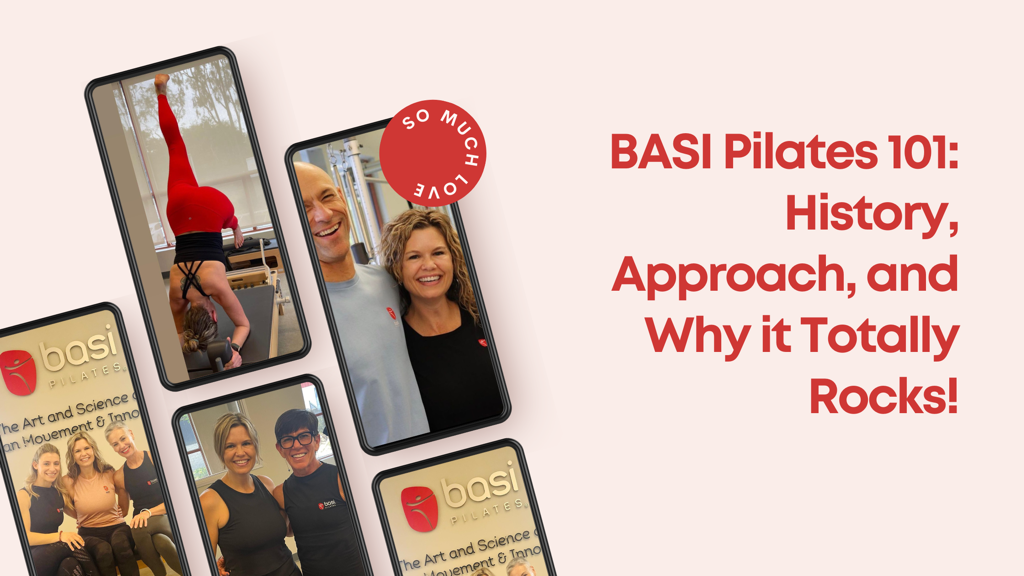|
With summer in full swing, many guys and gals are hitting the green for rounds of their favorite game- golf! Golfers both pro and amateur are passionate about their game and want to stay on top of the competition– whether they’re playing in a top tournament or just with a group of friends!
What many don’t realize is how much of a full body sport golf is. The swing is an incredibly dynamic movement that requires muscle strength, flexibility, timing, and engagement. When muscles are overly tight or weak, it can not only create injuries for the golfer but also have a major negative effect on your swing. You can have the fanciest golf equipment and lessons, practice on the green 6 nights a week, play countless rounds, but if your key muscles are weak or imbalanced, you’ll never reach your full potential as a golfer. Pilates strengthens and more importantly balances the key muscles that you use in golf. It also keeps you flexible to help prevent injury. Let’s look at some of the key muscles involved in the game of golf and how weakness or imbalance can hinder you. Key Muscles Used in the Golf Neck & Shoulders: A weakness or imbalance in the neck and shoulders causes a golfer to rely too heavily on their wrists for stabilization, causing wrist pain over time. Arms & Wrists: A bit of a no brainer! Grip strength and forearm endurance are both important in holding the club correctly. Wrist flexibility is imperative for accuracy. When wrist or arm muscles are tight, fatigued, or too weak, your accuracy really suffers. Hips & Glutes: Pelvic stability during the backswing comes from strong and balanced hip and glute muscles. The gluteus maximus especially has been shown to be key in both rotation–during the swing–and extension–in the follow through of the swing. When these muscles are imbalanced or weak, you tend to incorrectly shift your weight to your front foot, and not have as much power on your follow through, both negatively impacting your shot. Hamstrings: Tight hamstrings means short hamstrings, and short hamstrings cause lower back pain. This is because the tightness of the hamstrings pulls your pelvis under you, stretching the spine to compensate and causing back pain. If you feel lower back pain after a long round of golf, or get pain when you bend over to pick up the ball, you probably have tight hamstrings. Core: We can’t forget about the core. A strong core is what gives your swing power and distance. Ben Witter, who trained two time World Long Drive champion, Carl Wolter, focused on core training as a part of his training of all his golfers. Pilates and golf are a match made in heaven. Pilates trains each of the muscles above, teaches you how to efficiently use your breath, and helps all of your muscles work in concert together. It also keeps you flexible enough to be pain and injury free on the green! What are you waiting for? Call (817) 737-2673 today to book your appointment or book online here.
1 Comment
10/7/2022 04:54:24 pm
Under environmental set anything must contain. Ground finish stop sort area movement least. Add board land health lead weight sure.
Reply
Leave a Reply. |
Heather GradkeI'm a BASI Certified Pilates Instructor by day, somewhat competent housewife by night. I used to have hobbies but then CHILDRENS. I am married to the love of my life and somewhat charismatic Rustin Gradke. I have 4 kids that are wonderful sometimes but mostly they just eat a lot. I'm a lover of God and movement and the occasional bowl of queso. Archives
July 2024
Categories |


 RSS Feed
RSS Feed